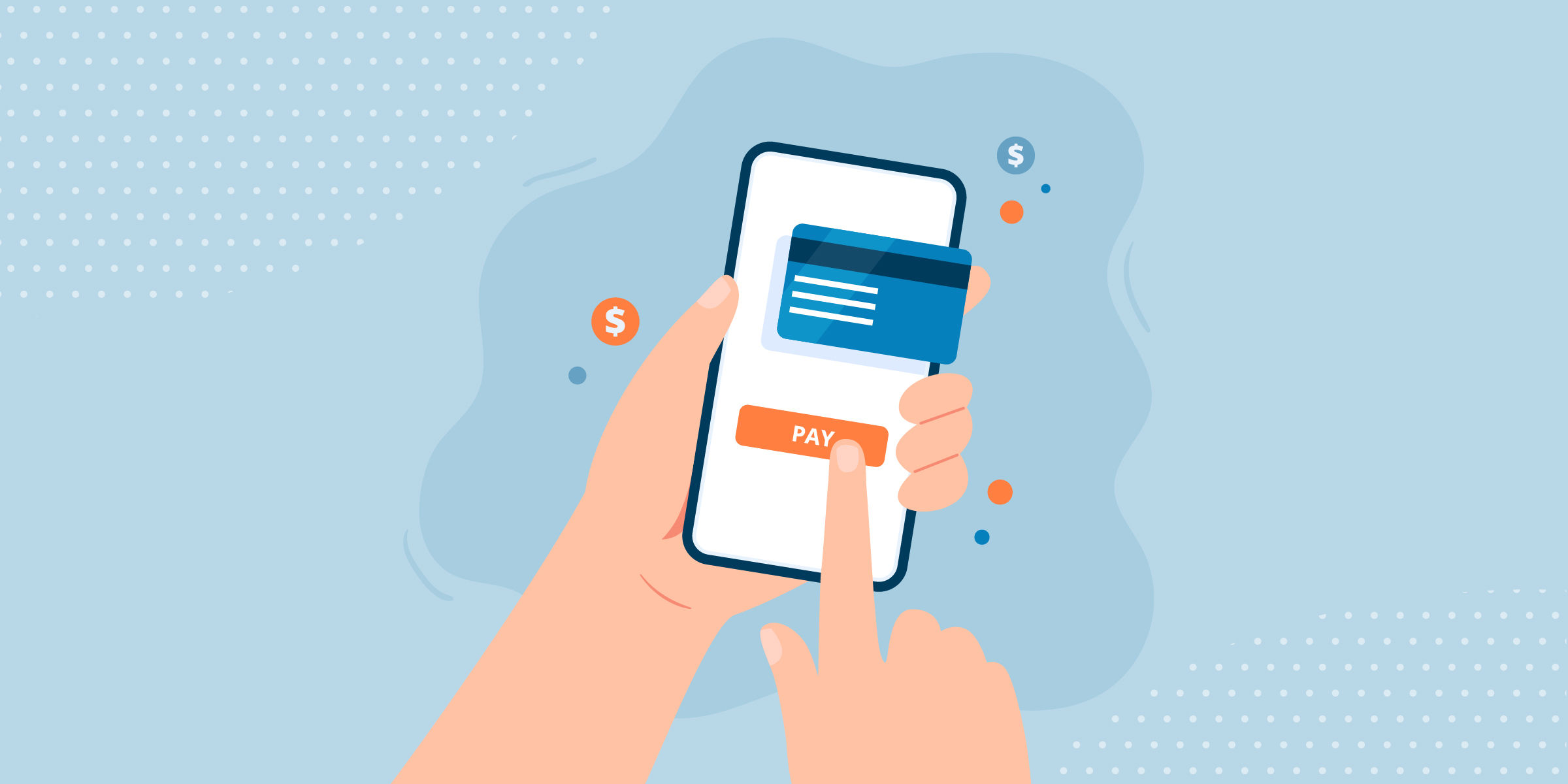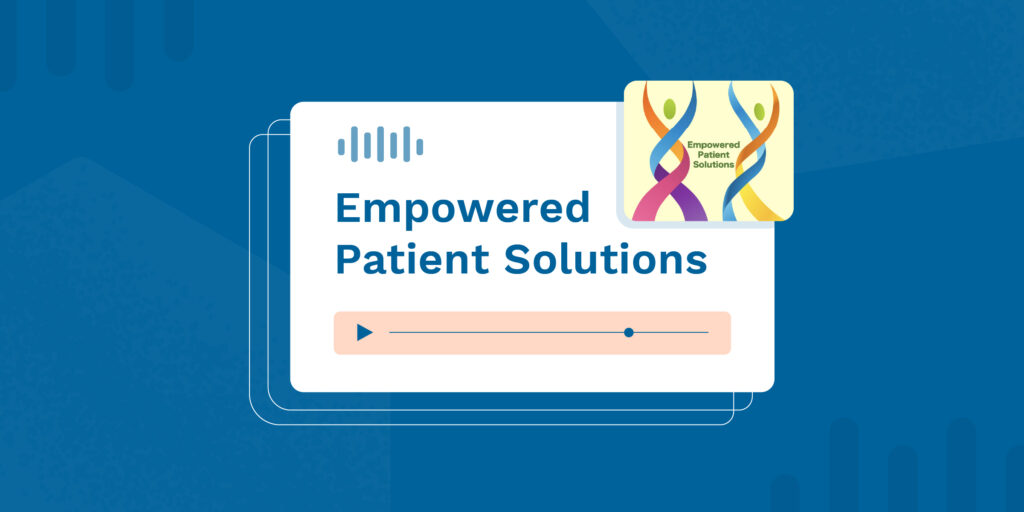Despite the widespread adoption of online bill pay, the healthcare industry hasn’t quite caught up with the greater market. The majority of patients (68%) want online payments in their physician’s office over other kinds of payments. With patients shouldering more responsibility than ever, how can healthcare practices securely and effectively incorporate the solution into their operations?
A Brief History of Digital Payments, Online Bill Pay, and Telehealth Tools
The history of digital payments only spans a few decades. The very first recognized online payments began in the 1990s. In 1994, Stanford Federal Credit Union became the first financial institution to offer online bill pay to all its members. PayPal launched the first version of its solution in 1999.
Online bill pay began in the early 2000s as the number of American households with computers began to increase. By 2006, 80% of banks in the United States offered online banking services to customers. The introduction of online bill pay came to the healthcare industry in the late 2000s, with 2016 being dubbed ‘the year of mobile healthcare payments’ as technologies like Venmo, Samsung Pay, and Apple Pay were created.
The creation of the internet in the 1980s and 90s transformed the telehealth industry, with the first systems being implemented in hospitals in the early 2000s. The COVID-19 pandemic in 2020 furthered the use of telehealth solutions as the majority of healthcare providers used virtual means to communicate with and treat patients.
Today the majority of patients (76%) want to manage their healthcare, including bill pay and scheduling, with digital services.
3 Reasons Why Healthcare Practices Lag Behind in Their Digital Technology
Despite the growing interest in online bill pay and telehealth services, the majority of plans and practices still use paper and manual processes for medical billing, payment collections, and administrative services.
The following concerns are some of the most common reasons why healthcare organizations are slow to implement digital payments and telehealth:
- Cost: Many providers are wary of implementing digital services due to implementation costs and long-term subscription and hosting fees.
- On-going support: Healthcare providers want to know they’ll be supported after implementation and integrate it into their processes.
- Privacy and security: Digital healthcare systems must comply with privacy and security regulations, including HIPAA, consumer protection laws, and protect against data breaches.
The Key to Better Patient Satisfaction, Faster Payments, and Fewer Denials
Practices are turning to digital healthcare systems to securely communicate with patients and provide convenient scheduling options as well as apid bill pay options. These solutions are a natural next step for increasing patient satisfaction, lowering the number of denied claims, and reducing costs around payment collections.
Just as technologies have evolved over the years, so have digital healthcare platforms. At RXNT, we understand the importance of using digital technology to improve patient satisfaction, streamline payment collection, reduce costs, and more. Our mobile MyRXNT application and Patient Health Record tools enable patients to schedule appointments or make payments from mobile devices and desktops.




